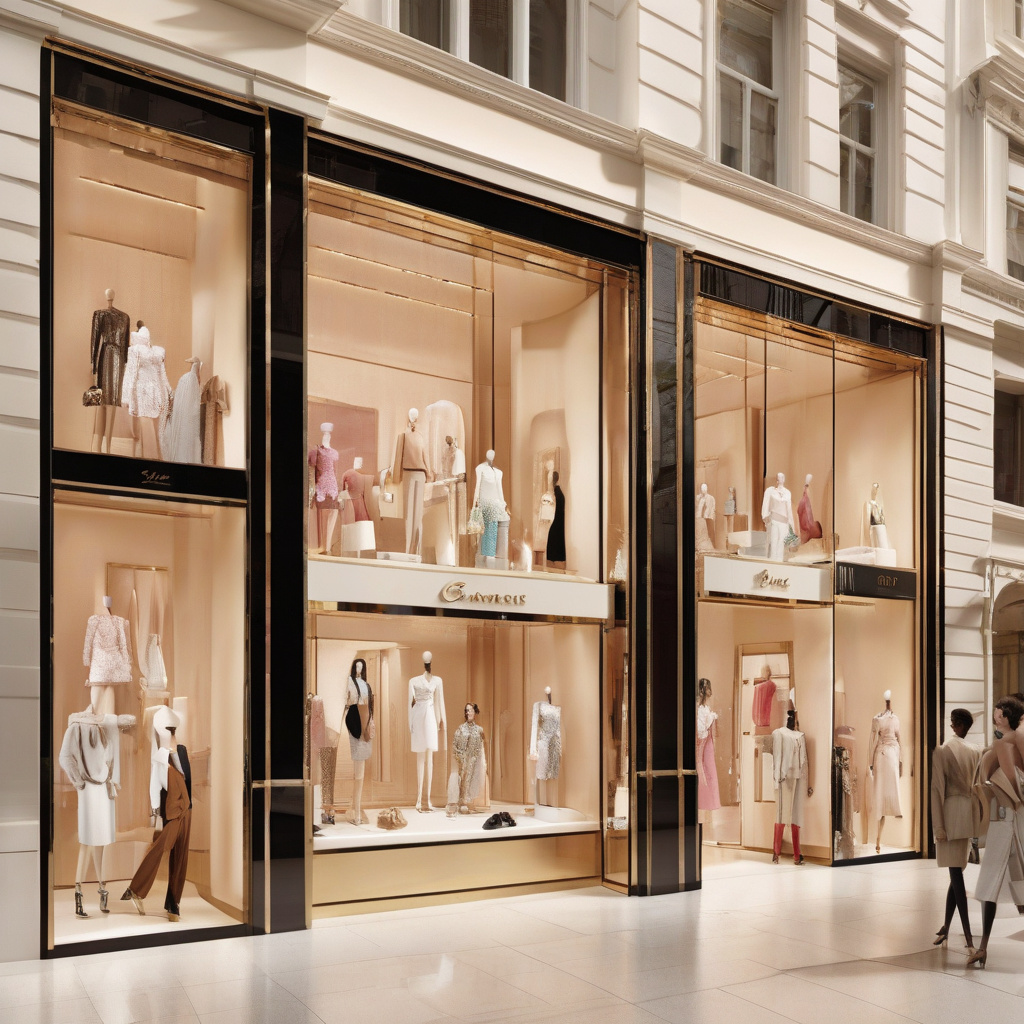Luxury Shopper Recovery Faces Four Key Headwinds
The luxury retail sector has shown signs of recovery recently, with luxury stocks climbing significantly as investors identify potential green shoots within the market. This optimism is largely driven by a resurgence in consumer spending and an increasing appetite for high-end goods. However, despite these promising indicators, several challenges loom on the horizon that could dampen the sector’s revival.
Understanding the dynamics behind the luxury shopper recovery is essential for investors and retailers alike. Here are four key headwinds that could impact the luxury market’s growth trajectory.
1. Economic Uncertainty
One of the most significant challenges facing luxury retailers is economic uncertainty. Global economic conditions remain unpredictable, with inflationary pressures and fluctuating interest rates influencing consumer behavior. As luxury goods are often considered discretionary spending, any significant economic downturn can lead to cautious spending habits among consumers.
For instance, the International Monetary Fund (IMF) has projected a slowdown in global economic growth, which could lead to reduced consumer confidence. Luxury brands that rely heavily on markets like China and Europe might experience a decline in sales if economic conditions deteriorate. Retailers must navigate these uncertainties carefully to maintain their market position.
2. Changing Consumer Preferences
The luxury market is experiencing a shift in consumer preferences, particularly among millennials and Gen Z shoppers. These younger generations prioritize sustainability, ethical sourcing, and transparency over traditional markers of luxury. Brands that fail to adapt to these changing preferences may find themselves losing market share.
For example, luxury brands like Gucci and Stella McCartney have successfully incorporated sustainability into their business models, appealing to socially-conscious consumers. However, brands that are slow to respond to these trends risk alienating a significant portion of their potential customer base. The challenge lies in balancing heritage and prestige with modern consumer values.
3. Supply Chain Disruptions
The aftermath of the global pandemic has highlighted vulnerabilities in supply chains across various industries, including luxury retail. Ongoing disruptions, such as shipping delays and increased costs for raw materials, continue to pose challenges for luxury retailers. These issues can lead to inventory shortages, delayed product launches, and ultimately, dissatisfied customers.
For instance, several high-end fashion brands reported delays in their supply chains during the pandemic, which affected their ability to meet consumer demand. As luxury retailers strive to restore their supply chains, they must also consider how to mitigate risks associated with future disruptions. This might involve diversifying suppliers or investing in local production to ensure resilience.
4. Competitive Pressure
The luxury market is becoming increasingly competitive, with new entrants and established brands vying for consumer attention. E-commerce has opened the door for niche luxury brands, making it easier for consumers to access a broader range of products. While this presents opportunities for growth, it also intensifies competition.
Brands like Off-White and Balenciaga have successfully carved out a niche within the luxury space, appealing to younger consumers with their bold designs and streetwear aesthetics. Traditional luxury brands must innovate and adapt to this rapidly changing landscape to maintain relevance. Failure to do so could result in a loss of market share to more agile competitors.
Conclusion
While recent trends indicate that the luxury sector is on the cusp of recovery, it is essential to recognize the headwinds that could hinder growth. Economic uncertainty, shifting consumer preferences, supply chain disruptions, and competitive pressure all play significant roles in shaping the future of luxury retail.
For investors and retailers, staying attuned to these challenges will be crucial in navigating the complexities of the luxury market. By addressing these issues head-on and adapting to the evolving landscape, luxury brands can position themselves for long-term success.
Luxury retail may be on the rise, but vigilance and innovation will be key to overcoming the obstacles ahead.
luxuryretail, consumertrends, economicuncertainty, supplychaindisruptions, marketcompetition
